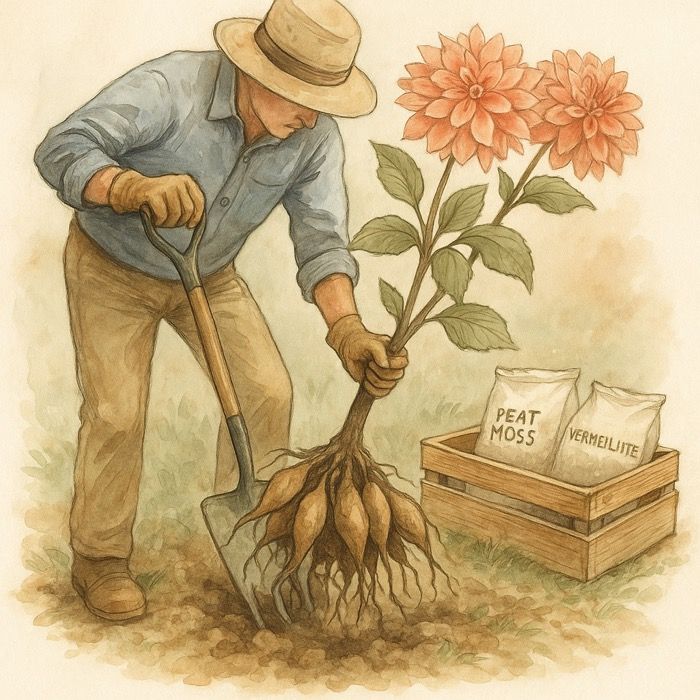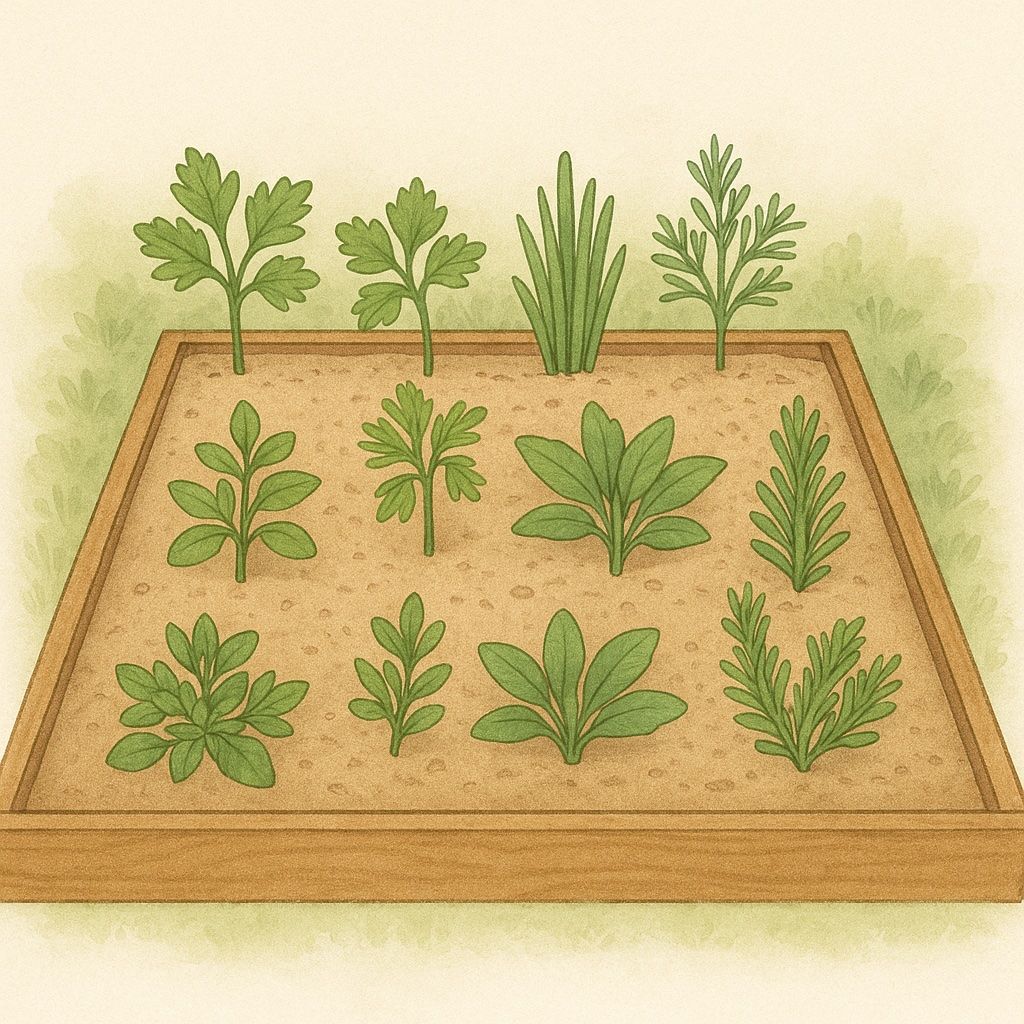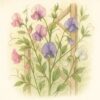Astilbe Garden Guide
Introduction to Astilbes
Welcome to our comprehensive guide on Astilbes, the elegant and feathery flowering plants known for their beautiful plumes and vibrant colors. Astilbes add a soft, ethereal touch to any garden, thriving in shady areas where many other plants struggle. This guide will provide you with all the information needed to grow and maintain stunning Astilbes in your garden.
Botanical Overview
Understanding Astilbe’s Botanical Roots
- Common Name – Astilbe
- Scientific Name – Astilbe spp.
- Family – Saxifragaceae
Astilbes are native to Asia and North America, thriving in moist, shaded environments. They are beloved for their fern-like foliage and airy flower plumes that come in shades of pink, white, red, and purple.
Historical and Cultural Significance
Astilbes have long been appreciated in gardens for their delicate beauty and ability to brighten shady areas. In Victorian times, they were a popular choice for ornamental gardens and were often used in bridal bouquets for their soft, romantic appearance.
Varieties of Astilbe
Exploring Different Varieties of Astilbe
- Astilbe arendsii (Hybrid Astilbe) – Known for its robust growth and variety of colors.
- Astilbe chinensis (Chinese Astilbe) – Features taller flower spikes and is more drought-tolerant than other types.
- Astilbe simplicifolia (Dwarf Astilbe) – Offers a compact form and delicate flowers, perfect for small spaces.
- Astilbe japonica (Japanese Astilbe) – Recognized for its early blooming and dense flower clusters.
Each variety offers unique characteristics, allowing gardeners to choose based on height, color preference, and blooming period.
Planting and Growth Conditions
Creating Ideal Conditions for Astilbe Growth
- Sunlight – Prefers partial to full shade, though some varieties can tolerate more sun with adequate moisture.
- Soil – Thrives in well-draining, fertile soil with a slightly acidic to neutral pH.
- Planting Tips – Plant Astilbes in early spring or fall. Space plants 12 to 18 inches apart to allow for proper air circulation.
- Growing Zones – Generally thrive in USDA Hardiness Zones 4 through 9, making them suitable for a wide range of climates.
Care and Maintenance
Ensuring Healthy Astilbes
- Watering – Keep the soil consistently moist, especially during dry spells. Astilbes do not tolerate drought well.
- Fertilizing – Apply a balanced fertilizer in early spring to promote healthy growth and abundant blooming.
- Mulching – Mulch around the plants to retain soil moisture and regulate temperature.
- Pruning – Deadhead spent flowers to encourage continuous blooming and cut back the plant in late fall after the foliage has died back.
Proper care and maintenance will keep Astilbes thriving and producing their beautiful plumes throughout the growing season.
Benefits and Uses
The Many Advantages of Growing Astilbes
- Aesthetic Appeal – Adds soft, feathery plumes and vibrant colors to shady garden areas.
- Shade Tolerance – Ideal for brightening up shaded spots where many other plants struggle.
- Cut Flowers – Astilbe flowers make lovely additions to floral arrangements and bouquets.
Incorporating Astilbes into your garden enhances its visual appeal and provides a burst of color in shady areas.
Potential Problems
Addressing Common Challenges with Astilbes
- Pests – Watch out for aphids and slugs. Use natural predators, insecticidal soap, or slug traps to control pest populations.
- Diseases – Astilbes are relatively disease-resistant but can occasionally suffer from powdery mildew or root rot. Ensure proper airflow and soil drainage to prevent these issues.
- Environmental Stress – Astilbes may suffer in hot, dry conditions. Provide adequate water and mulch to maintain soil moisture.
Proactive care and monitoring can help prevent most issues and keep your Astilbes healthy.
Conclusion
Astilbes are a stunning addition to any garden, offering soft, feathery plumes and vibrant colors that brighten up shaded areas. With the right care and growing conditions, these perennials can provide beautiful displays throughout the growing season. Whether you are a novice gardener or an experienced enthusiast, Astilbes offer a rewarding gardening experience. Embrace their beauty and enjoy the benefits they bring to your garden.
More From Our Master Gardener
Recent Posts

When and How to Dig Up Dahlias – The Best Time, Storage, and Overwintering Guide for 2025 Blooms

When and How to Dig Up Peonies – A Step-by-Step Guide for Vibrant Blooms

Best Herbs to Plant in October 2025 – Fall Herb Gardening in Raised Beds Made Easy

The Bee Underground – Meet the Solitary Bees Living Beneath the Soil

Sweet Peas Growing Guide















